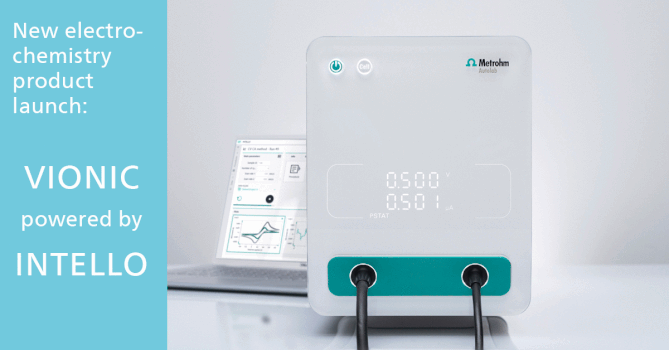Deoxyfluoroglucose, a Milestone in the Development of Positron Emission Tomography (History of a Research)
Abstrakt
The history and individual steps of the first successful synthesis of 2-deoxy-2-fluoro-D-glucose are described. In many aspects, this substance perfectly imitates the behavior of naturally occurring glucose: e.g., the rates of incorporation into the cells rapidly consuming glucose (such as the cerebral, cardiac or tumorous ones) are almost equal. Nevertheless, due to the presence of a fluoro atom at C 2, the fluorinated derivative does not undergo glycolysis and, therefore, accumulates (in the form of its 6 phosphate) in the cells. Thanks to these properties of the substance, eighteen years later its 18F labeled derivative has very successfully been used in positron emission tomography (PET), as applied to the exploration of the physiological and pathofysiological functions of the brain and, above all, to the clinical oncology. Thus, early stages of tumor growth can be detected and the malignity of the tumor can be revealed, even in those cases which are not detectable by other imaging methods.Stahování
Publikováno
15.09.2002
Jak citovat
Pacak, J., & Cerny, M. (2002). Deoxyfluoroglucose, a Milestone in the Development of Positron Emission Tomography (History of a Research). Chemické Listy, 96(8). Získáno z http://ww.w.chemicke-listy.cz/ojs3/index.php/chemicke-listy/article/view/2309
Číslo
Sekce
Články




